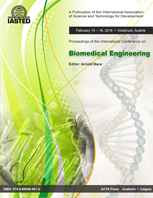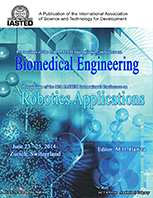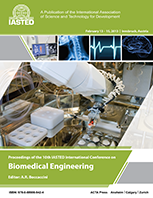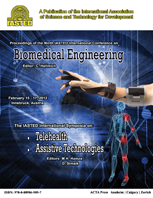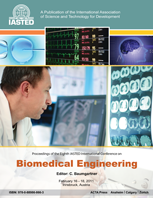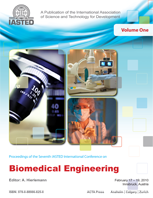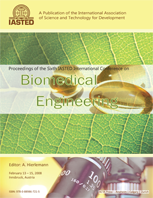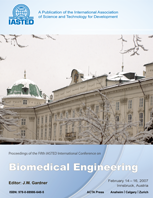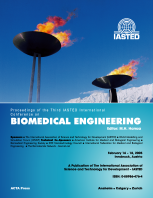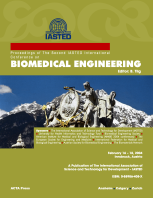The Ninth IASTED International Conference on
Biomedical Engineering
BioMed 2012
February 15 – 17, 2012
Innsbruck, Austria
TUTORIAL SESSION
Data Analysis and Integration Tools in Biomedical Informatics: A Case Study in Aging Research
Duration
3 hours
Abstract
The last few years have witnessed significant developments in various aspects of Biomedical Informatics, including Bioinformatics, Medical Informatics, Public Health Informatics, and The last few years have witnessed significant developments in various aspects of Biomedical Informatics, including Bioinformatics, Medical Informatics, Public Health Informatics, and Biomedical Imaging. The explosion of medical and biological data requires an associated increase in the scale and sophistication of the automated systems and intelligent tools to enable the researchers to take full advantage of the available databases. This ranges from the effective storage of data and their associated data models, to the design of efficient algorithms to automate the data mining procedures, and also to the development of advanced software systems to support data integration. With more researchers taking on Bioinformatics projects that integrate theoretical and applied concepts from both Bioscience as well as Computational Sciences, Biomedical informatics is quickly emerging as the most exciting field of research in this century. In this tutorial, we present an overview of the state of discipline for Biomedical Informatics with a focus on the nature and diverse of the available data as well as data collection tools. We make a case for the need for smarter and more advanced data integration and data analysis tools. Such tools are desperately needed to connect the datasets and obtain useful information that can be used for better medical discoveries and patient care. We present examples of recently developed intelligent tools and expert systems that produced exciting results that could not have been obtained without such innovative integration. We then focus on a case study in aging research to illustrate the proposed integration and analysis tools.Objectives
The massive size of the current available biological and medical databases and its high rate of growth have a great influence on the types of research currently conducted and researchers are focusing more than ever to maximize the use of these databases. Hence, it would be of great advantage for researchers to utilize the information stored in the available databases to extract new information as well as to understand various biological and medical phenomena.In addition, the problem of efficiently collecting, sharing, mining and analyzing the wealth of information available in a growing set of the biological and clinical data has common roots in many IT applications. This is particularly critical in managing biological and clinical data since relevant data is available in different shapes and forms, and hence, employing all available data to extract meaningful properties is an enormous task. Heterogeneous data, obtained from microarrays, high throughput sequencers, mass spectrometry experiments and clinical records, can all be used to find potential correlations between genes/proteins and the susceptibility to have a particular disease. The tutorial will address these issues with a particular focus on the following objectives:
1) Provide an overview of the exciting disciplines of Biomedical Informatics, including medical, public health and bio informatics with a focus on the interdisciplinary nature of these fields of study.
2) Introduce the main computational problems in biomedical research with a focus on data collecting and analysis related problems, then survey the current available algorithmic tools and address the advantages and the shortcoming of each tool.
3) Introduce the audience to the concept of intelligent data integrating and analysis tools. Such tools are critical to leverage data collected from different resources to produce useful information that can further advance biomedical research and has the potential lead to new discoveries directly related to patient care.
Background Knowledge Expected of the Participants
The tutorial is intended for bio-scientists and computational scientists who are interested in Biomedical Research and how to develop or use computational tools to solve data mining related problems. Although some basic background in biomedical sciences would be helpful, it is not necessary since the tutorial will provide a basic background of the needed concepts. Similarly, some basic background in algorithms would be useful but it is not necessary.
Qualifications of the Instructor(s)
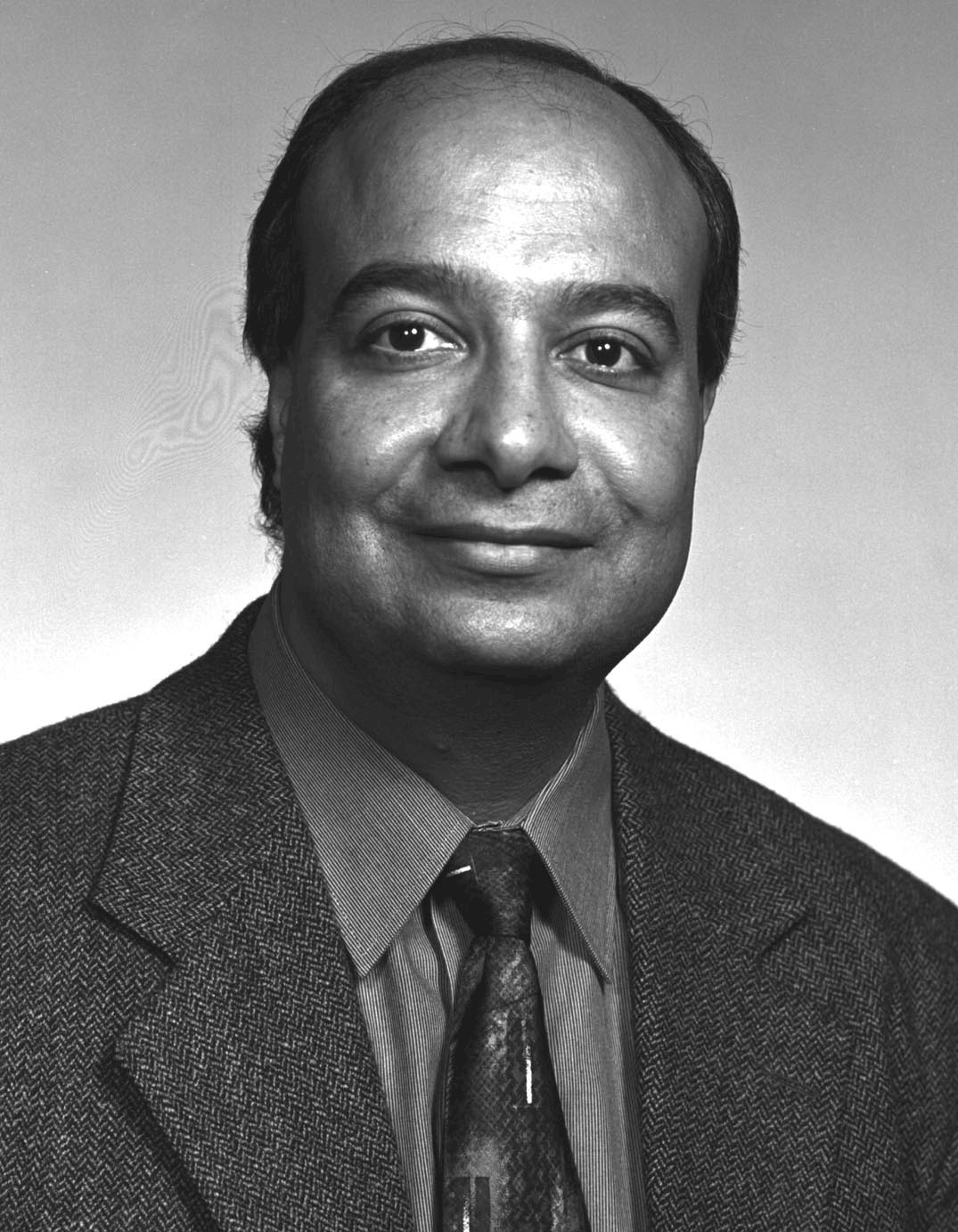
Hesham H. Ali is a Professor of Computer Science and the Lee D. and Wilma Seaman Distinguished Dean of the college of Information Science and Technology (IS&T), at the University of Nebraska at Omaha (UNO). He is also the director of the UNO Bioinformatics Core Facility and the deputy director for computational sciences of the Nebraska Informatics Center for Life Center (NICLS). He has published numerous articles in various areas of Computer Science including scheduling, distributed systems, wireless networks, and Bioinformatics. He has also published two books in scheduling and graph algorithms and several chapters in Bioinformatics texts. He is currently serving as the PI or Co-PI of several projects funded by NSF, NIH and Nebraska Research Initiative (NRI) in the areas of wireless networks and Bioinformatics. He has been leading a Bioinformatics Research Group at UNO that focuses on aging research through mobility studies and mining data from temporal biological networks. The group is also developing computational approaches to identify and classify biological organisms, with the goal of complementing the current experimental approaches in addressing a wide range of Biomedical Informatics problems. He has also been leading an NSF funded project with the goal of developing secure wireless infrastructure for medical environments.
References
| [1] | K. Dempsey and H. Ali, “On the Discovery of Cellular Subsystems in Correlation Networks using Centrality Measures,” to appear in Current Bioinformatics, 2012. |
| [2] | K. Dempsey, B. Currall, R. Hallworth and H. Ali, “A New Approach for Sequence Analysis: Illustrating an Expanded Bioinformatics View through Exploring Properties of the Prestin Protein,” a book chapter in, “Handbook of Research on Computational and Systems Biology: Interdisciplinary Applications,” IGI Global, 2011. more… |






